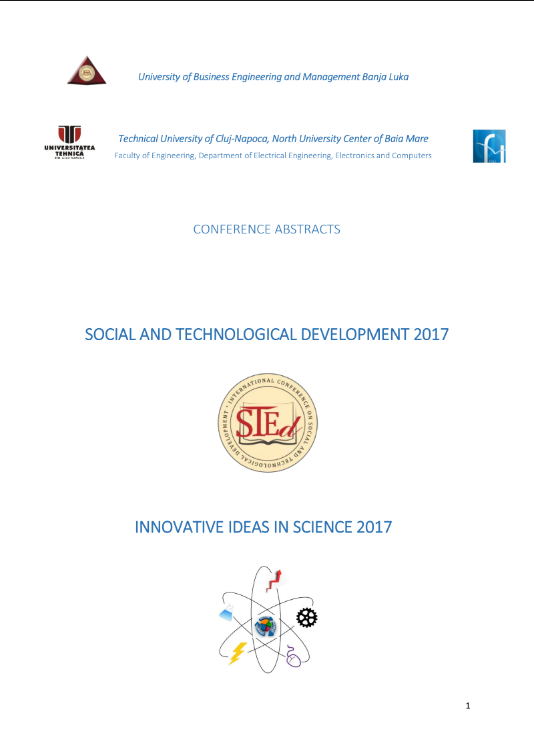
This is an open access article distributed under the Creative Commons Attribution License which permits unrestricted use, distribution, and reproduction in any medium, provided the original work is properly cited.
The Internet is currently the largest computer network on our planet. You can call it network of networks. The Internet no longer confined to universities, industries and Governments. Today everyone use it, because each individual can now join the network. The Internet allows to exchange information freely. At the same time, there is the dynamic development of the social networks that are becoming more popular and more widely used. As a result companies introduce new promotion tools taking advantage of the benefits provided by the new technologies. The goal of this article is to analyze the impact of social networks on the behaviour of young consumers in the information society. This article will introduce the tools used by companies for the promotion in social networks based on different parameters. The article will also show the advantages and the disadvantages of the promotion by social networks. The article will present the reflections based on secondary data that show the development of social networks in Romania and in the world as well as the results of empirical research carried out among students of Faculty of engineering Hunedoara (Romania)
The statements, opinions and data contained in the journal are solely those of the individual authors and contributors and not of the publisher and the editor(s). We stay neutral with regard to jurisdictional claims in published maps and institutional affiliations.